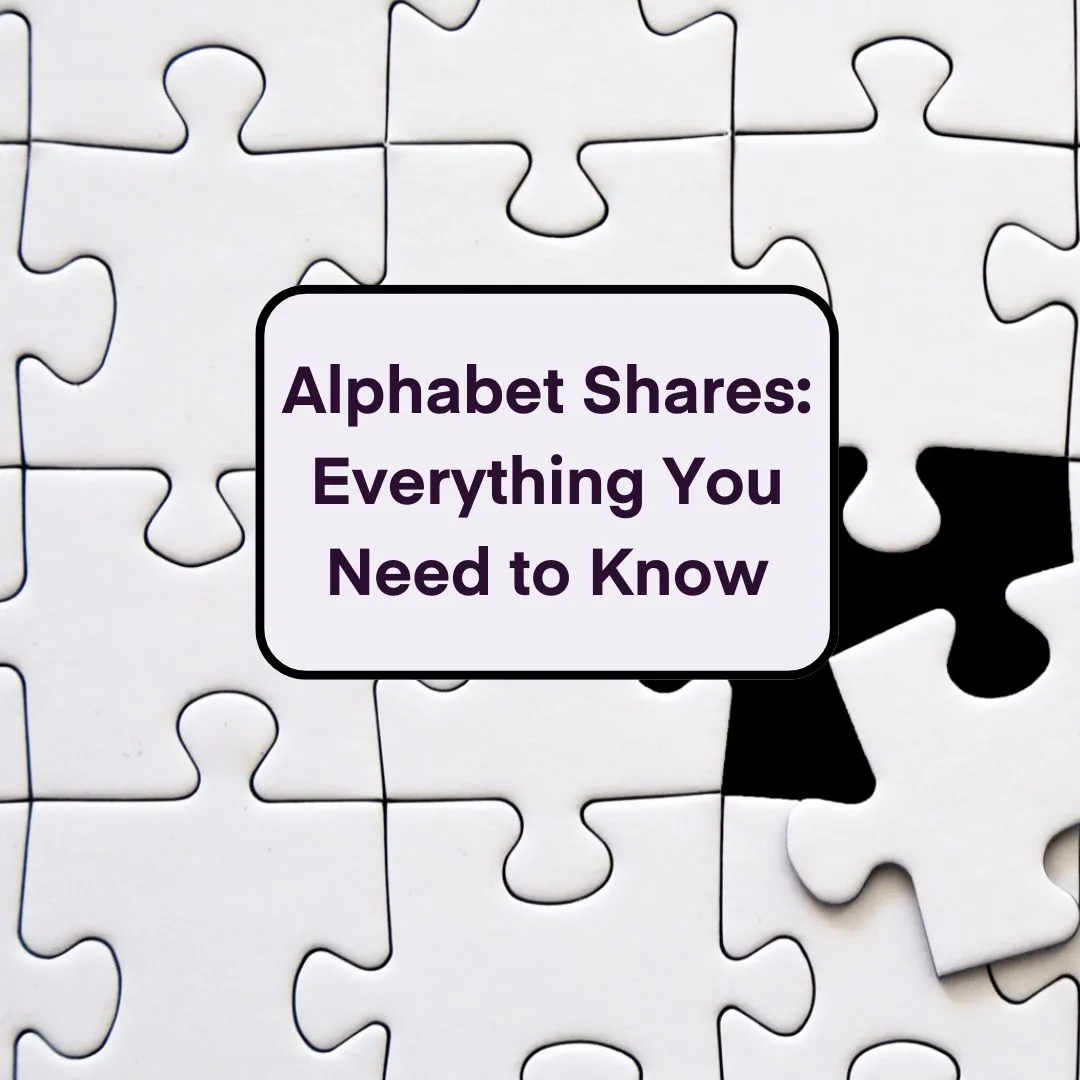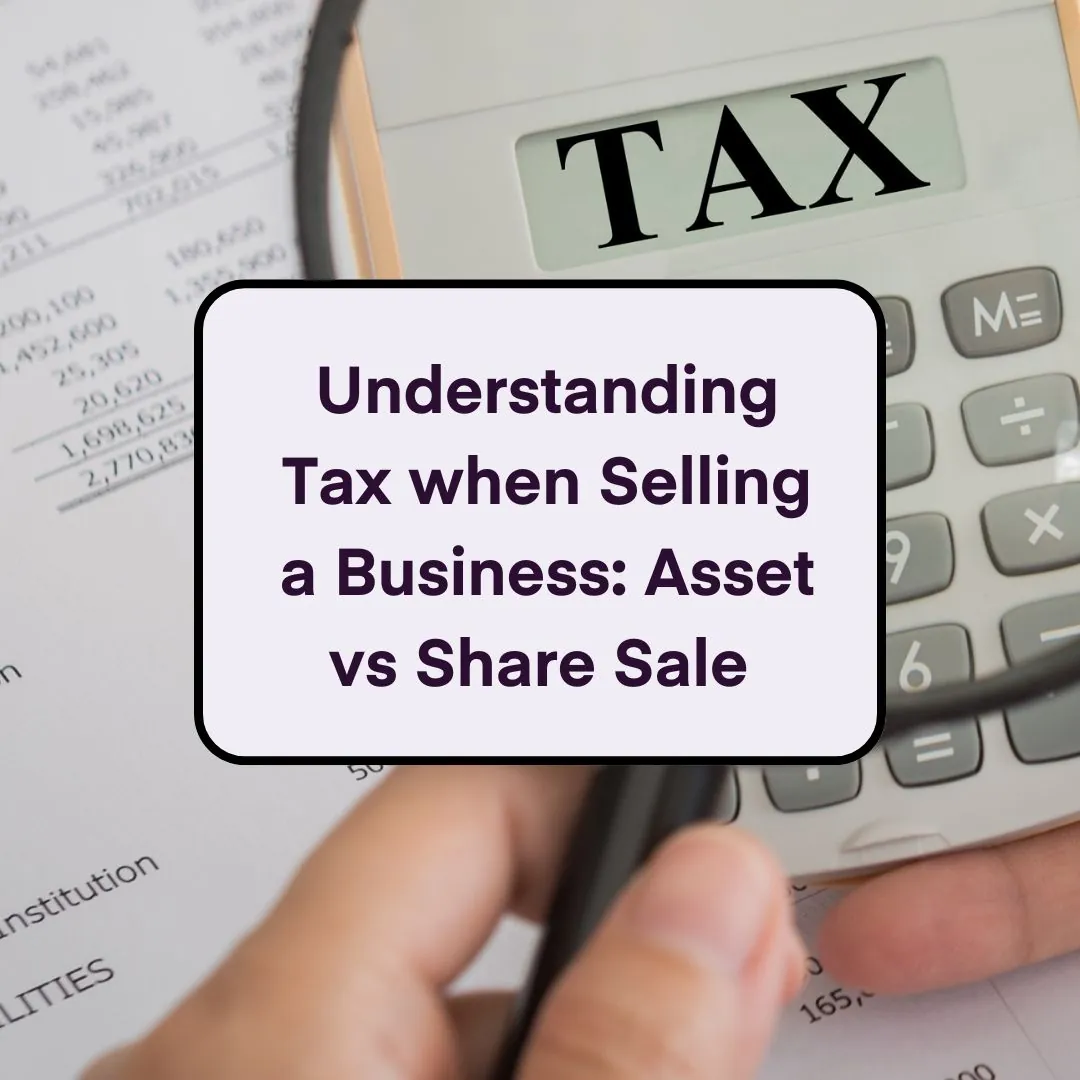
Furlough Is Ending. A Guide For Employers
24 Sep 2020Furlough Is Ending! The Government’s Coronavirus Job Retention Scheme comes to an end on October 31st 2020. The scheme was introduced in March and aimed to protect jobs by putting employees in hard-hit businesses on furlough.
New Job Support Scheme begins on November 1st
On 24th September, after weeks of speculation, the Chancellor announced the successor to the furlough scheme as part of a Winter Economy Plan. The ‘Job Support Scheme’ will come into effect on November 1st and will cover a six-month period.
These are the key elements of the new scheme:
-
The scheme will top up salaries in companies that cannot take employees back full-time.
-
To be eligible, employees must work for at least one-third of their normal hours. After three months, the government may increase the minimum number of hours worked.
-
For the hours not worked, the government and employer will each pay one-third of the remaining wages. This means the employee would get at least 77 percent of their pay.
-
Employees must have been on the firm's payroll since at least 23 September. They can be moved on and off the scheme, or work different hours. Each working arrangement must cover at least seven days.
-
The payment will be based on an employee's normal salary, with the government contribution capped at £697.92 per month.
-
Employees cannot be made redundant or put on notice while an employer claims a Jobs Support Scheme grant on their behalf.
The scheme is open to small and medium-sized businesses employing around 250 or less. Employees must be in ‘viable jobs’ to benefit from the scheme. Businesses in industries that are currently closed, such as nightclubs, may not be eligible.
Large businesses are also eligible, but only if they can prove their revenue has fallen because of coronavirus.
Related: Paying Wages & Sick Pay for Employees During Covid-19
Related: How To Handle Employee Off With Work Related Stress
Support for self-employed continues
A similar scheme for self-employed people will provide a lump sum grant of 20 percent of estimated earnings:
-
The grant will be available to those eligible for the Self Employment Income Support Scheme Grant.
-
The grant will cover three months' worth of profits for the period from November to the end of January.
-
It will cover 20 percent of average monthly profits up to a total of £1,875.
-
A further grant may be available to the self-employed to cover February 2021 to the end of April, depending on circumstances.
Related: Will I Get A Tax Refund If My Self-Employment Business Loses Money During Covid 19?
cb57cf03f94e479aa182ccfcd3095bc8.jpg)
Other support for businesses
The Job Support Scheme is part of a wider package of measures in the Chancellor’s Winter Economic Plan. These include:
-
Repayment terms for Bounce Back Loans will be extended from six years to 10.
-
Coronavirus Business Interruption Loan Scheme lenders will also be able to extend the length of loans from the current maximum of six years to 10.
-
The deadline for the coronavirus loan schemes will be extended to the end of November.
-
Struggling businesses can choose to make interest only payments for six months and those ‘in real trouble’ can apply to suspend repayments altogether for six months.
-
The 15 percent emergency VAT cut for the tourism and hospitality industries will be extended to 31st March 2021.
-
Businesses who deferred their VAT bills will be able to pay back their taxes in 11 smaller interest-free instalments
-
Self-assessment income taxpayers who need to will be given more time to pay in instalments.
The Government will also give businesses a series of grants designed to minimise unemployment:
-
£1,000 for every furloughed employee kept on until at least the end of January.
-
£1,500 for every out-of-work 16-24 year-old given a 'high quality’ six-month work placement.
-
£2,000 for every under-25 apprentice taken on until the end of January, or £1,500 for over-25s.
Read More: Small Business Financing Options
Recap: UK Enters Second Stage Of Rishi Sunak's Economic Support
Dealing with the end of the furlough scheme
Before the new Job Support Scheme opens, employers with furloughed workers will have to manage the closing stages of the Coronavirus Job Retention Scheme (CJRS) through the remainder of September and October.
September
-
The Government will pay 70 percent of the wages of furloughed employees up to a monthly limit of £2,190.
-
Employers will pay 10 percent of the wages to provide furloughed employees with 80 percent of their wages up to a monthly limit of £2,500.
-
Employers will pay furloughed employees’ National Insurance and pension contributions.
October
-
The Government will pay 60 percent of the wages of furloughed employees up to a monthly limit of £1,875.
-
Employers will pay 20 percent of the wages to provide furloughed employees with 80 percent of their wages up to a monthly limit of £2,500.
-
Employers will pay furloughed employees’ National Insurance and pension contributions.
Flexible furlough scheme
During September and October, any employees who have been on a flexible furlough scheme - or working part-time - can remain on that scheme until the end of October. Employers can claim contributions towards their wages.
The claim must cover a minimum of seven calendar days and employers make claims for the non-worked hours through the same CJRS scheme.
If employees do return part-time under the flexible furlough scheme, employers may have to issue a revised contract of employment.
If you would like help drafting contracts of employment and/or new employee handbooks, or introducing new policies, the experienced legal team at Accounts and Legal can help. We have the capacity to work with small or large employers, providing a new company handbook or drafting a contract of employment that is up to date with current legislation and that meets the needs of the business.
To find out more about how we can help, get in touch.

Bringing employees back to work
Employers who take workers out of the CJRS scheme and back to full-time work will receive a single payment of £1,000 for each returning employer that they keep in work until January 2021. That part of the scheme will remain in place under the new Job Support Scheme.
Related: A List Of Key Points Of Legislation That Affect Employers In A Business Environment
Redundancy procedures
Employers who cannot afford to make their mandatory payments under the scheme may have to consider redundancy or other measures.
Making employees on the furlough scheme redundant is allowed under the existing CJRS scheme. However, redundancy pay must be calculated on standard wage rates, not furloughed wages.
-
Employees with more than 2 years’ continuous service who are made redundant are usually entitled to a statutory redundancy payment that is based on length of service, age and pay, up to a statutory maximum.
-
Government legislation came into force on 31st July 2020 to ensure that employees who are furloughed receive statutory redundancy pay based on their normal wages, rather than a reduced furlough rate.
Taking measures to restore ‘business as usual’
While the Government has put a new scheme in place to support firms that cannot take their workforce back in numbers, other businesses may be considering how to restore operations while keeping costs under control.
Although redundancy looks the most obvious route to reduce employment costs, employers have other options depending on their circumstances.
Redeployment may be an option if other parts of a business are busy, but under-staffed. This may require retraining and modification of contracts.
Reducing the hours of full-time employees for a short period may be an option if there is a strong prospect of an upturn in business.
Reducing pay for a short period can reduce costs, provided employees accept the reasons for the cut. However, the new pay levels must not fall below the National Minimum Wage.
Unpaid leave for a short period will also reduce costs, but must be with the agreement and understanding of employees.
We can help get your business back on track
If your business is still struggling - or if you could just use some help - we have experienced and knowledgeable accountants, business consultants and legal solicitors who can help.
At Accounts & Legal, we can help you with all aspects of forecasting, tax, and getting back on top of any financial issues caused by COVID-19.
We also have a team of experienced solicitors who can help with all legal services related to employment law. For example, helping draft new or revised employment contracts or company handbooks, settling employee disputes and providing health and safety advice.
To find out more, contact us on 0207 043 4000 or info@accountsandlegal.co.uk. You can also get an instant accountancy quote.























